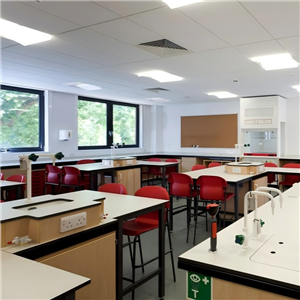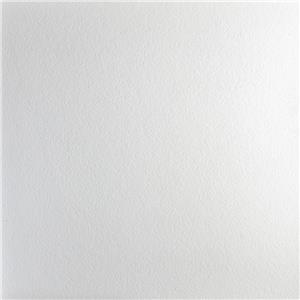Weighing the Benefits and Drawbacks of Mineral Fiber Ceiling Tiles
Weighing the Benefits and Drawbacks of Mineral Fiber Ceiling Tiles
At SLD, we specialize in manufacturing high-quality Mineral Fiber Ceiling Tiles that cater to a variety of commercial, institutional, and residential applications. While these ceiling tiles have become increasingly popular due to their versatile properties, it is essential to understand both their advantages and potential limitations before selecting them for a project. In this article, we provide a comprehensive overview of the key benefits and drawbacks of Mineral Fiber Ceiling Tiles to help architects, designers, and building owners make informed decisions.
Benefits of Mineral Fiber Ceiling Tiles
Mineral Fiber Ceiling Tiles offer several advantages that make them a preferred choice for modern construction projects:
1. Acoustic Performance
One of the primary benefits of Mineral Fiber Ceiling Tiles is their excellent acoustic absorption. These tiles reduce noise levels in offices, classrooms, hospitals, and other public spaces, creating a more comfortable and productive environment.
2. Fire Resistance
Constructed from non-combustible materials, Mineral Fiber Ceiling Tiles provide superior fire protection. This property is crucial for commercial buildings and public facilities where fire safety regulations are stringent.
3. Aesthetic Versatility
These ceiling tiles are available in a wide range of textures, patterns, and colors, allowing designers to achieve specific architectural aesthetics. Mineral Fiber Ceiling Tiles can be integrated seamlessly with lighting fixtures, HVAC systems, and other ceiling components.
4. Cost-Effectiveness
Compared to other high-performance ceiling materials, Mineral Fiber Ceiling Tiles offer a competitive cost-benefit ratio. Their durability and ease of installation reduce long-term maintenance expenses.
5. Sustainability
Many Mineral Fiber Ceiling Tiles are manufactured using recycled materials and are fully recyclable at the end of their life cycle, contributing to environmentally friendly building practices.
Drawbacks of Mineral Fiber Ceiling Tiles
Despite their many advantages, Mineral Fiber Ceiling Tiles also have some limitations that should be considered:
1. Moisture Sensitivity
Although certain tiles are designed for humid areas, standard Mineral Fiber Ceiling Tiles can be susceptible to moisture damage, leading to sagging, staining, or mold growth if installed in wet environments.
2. Limited Structural Strength
These tiles are lightweight and easy to install but are not suitable for applications requiring high structural strength. Heavy fixtures or impacts may damage the tiles over time.
3. Variation in Aesthetics Over Time
Exposure to sunlight, dust, or air pollutants may cause minor discoloration or fading in some Mineral Fiber Ceiling Tiles, which could impact the long-term visual appeal.
4. Installation Considerations
While installation is relatively straightforward, improper handling can result in breakage or uneven alignment. Professional installation is recommended to maintain performance and appearance.
Conclusion
In conclusion, Mineral Fiber Ceiling Tiles remain a reliable and versatile choice for a wide range of architectural and interior design applications. They offer excellent acoustic and fire-resistant properties, aesthetic flexibility, cost-effectiveness, and environmental benefits. However, potential drawbacks such as moisture sensitivity, limited structural strength, and aesthetic variations should be carefully evaluated in the context of specific building requirements. By weighing both the benefits and drawbacks, building professionals can make informed decisions that ensure safety, functionality, and long-term satisfaction with Mineral Fiber Ceiling Tiles.
SLD continues to provide innovative solutions in Mineral Fiber Ceiling Tiles, delivering high-quality, durable products tailored to meet the needs of modern construction projects worldwide.




